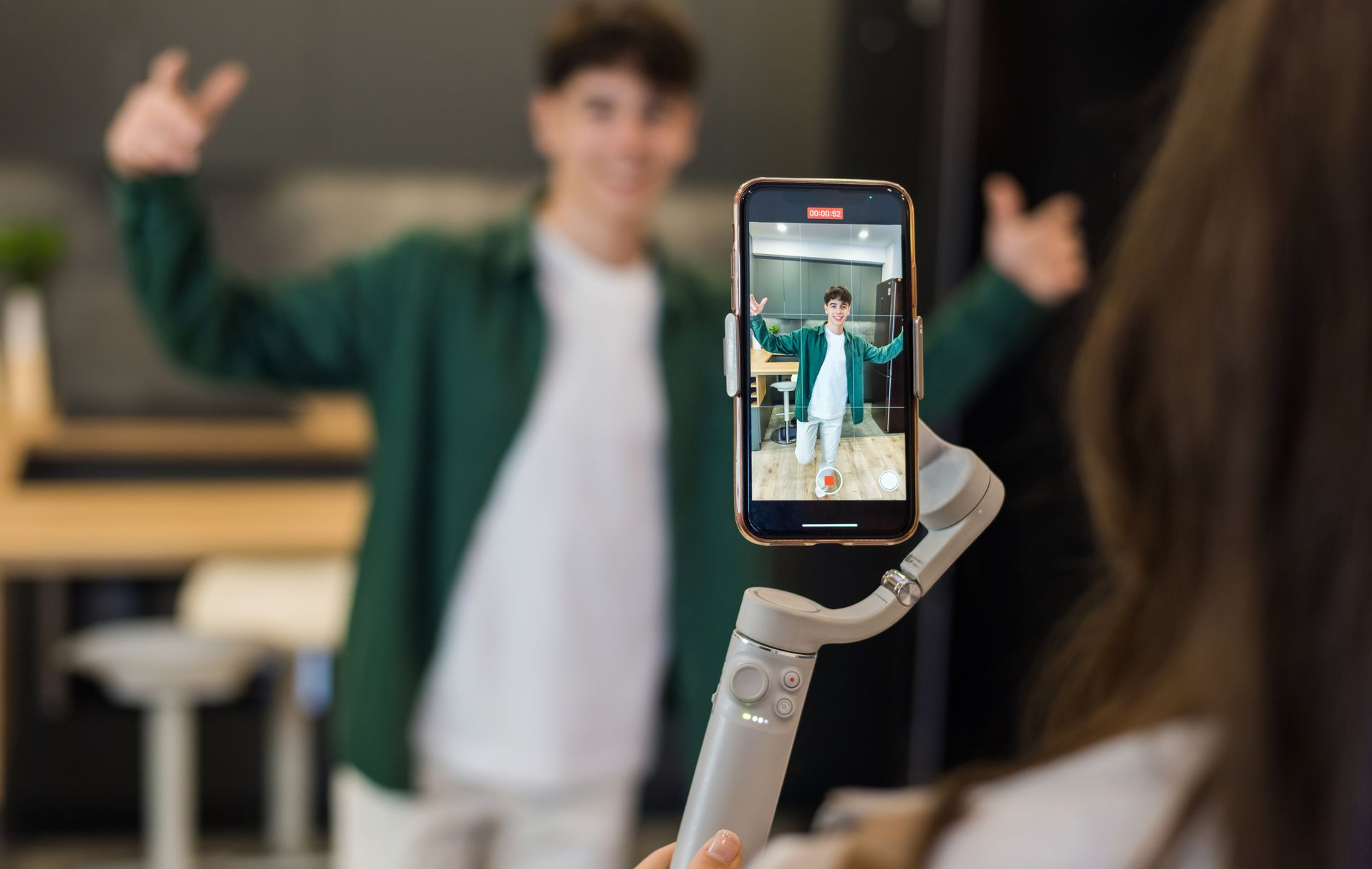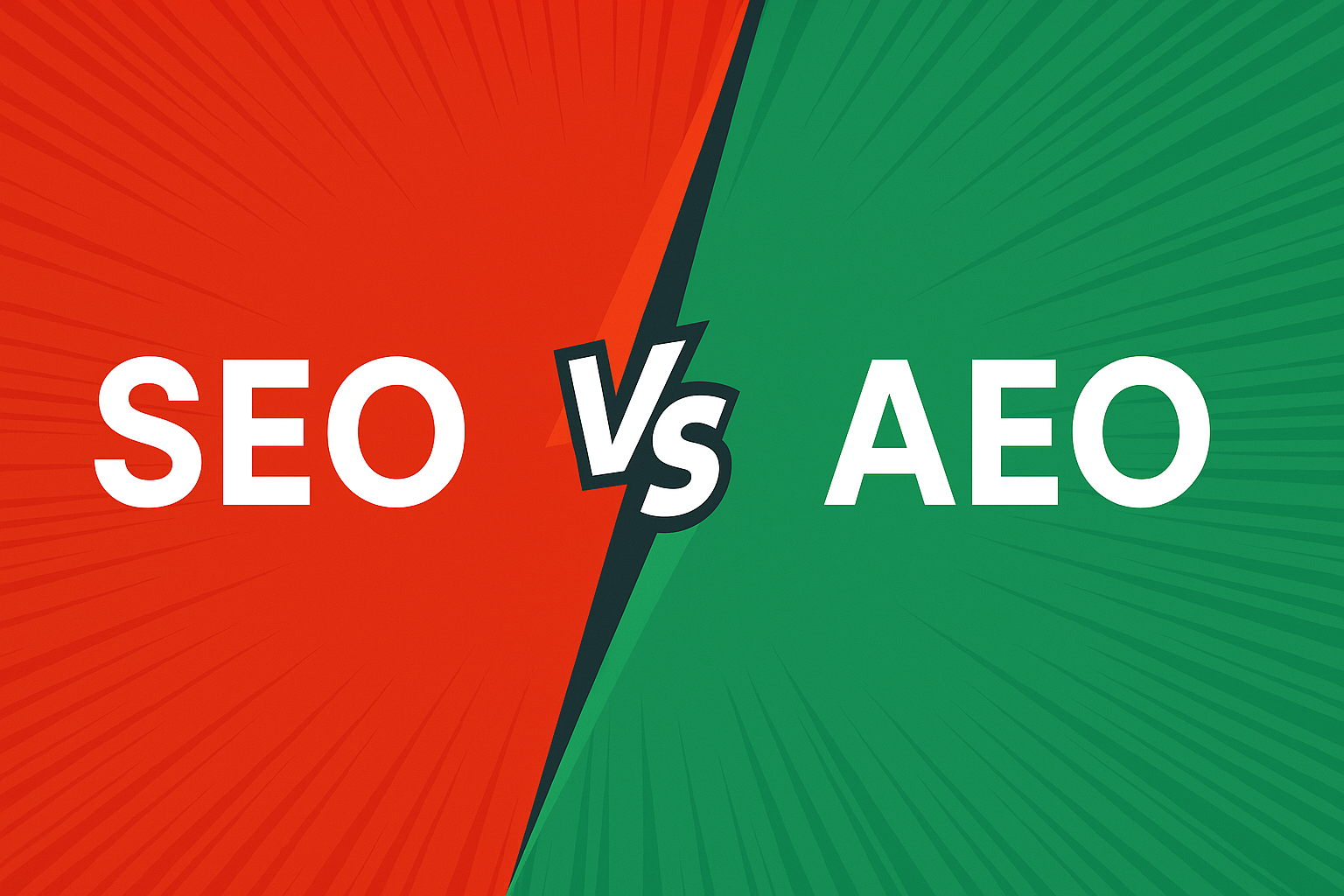Zero-Click Search: Why Website Traffic Is Declining and What Businesses Should Do About It
The Future of Search Series — Blog 2
Hey everyone, it’s Jared with BlinkJar Media. If you’ve noticed your website traffic dipping, it might feel like the sky is falling. But here’s the truth: a lot of those clicks that disappeared weren’t serious prospects for your business in the first place. They were just "kicking the tires" with no intention of engaging with you or your website.
Think of it like retail. Some visitors walk into your store just to browse. Perhaps they try on a shirt to determine their size and then purchase it on Amazon. Or worse, they stop in to use your restroom and leave without ever looking at your products. Those folks were never going to become customers, and losing them isn’t really a loss.
The same thing is happening online. Many of those past visits to your website were just quick-answer hunters who weren’t ready to buy, sign up, or engage. On the other hand, the visitors who still make it to your site are the ones who actually matter. They have more interest than just kicking a tire or two. And that’s where the opportunity lies.
This post is part of our series, The Future of Search. Today, we’re digging into a topic that’s making marketers everywhere squirm: zero-click search. At first glance, it looks like traffic is evaporating into thin air. But the truth is more nuanced. Let’s break it down.
What Is a Zero-Click Search in Google and AI Results?
A zero-click search happens when the search engine answers your question directly on the results page, so there’s no need to click any links at all.
You’ve likely seen this in action. For example, if you search for “How tall is LeBron James,” Google shows the answer instantly at the top of the page: 6' 9". No extra clicks. No scrolling. No website visits. Just the answer, right there.
And if you ask LeBron himself? He might tell you he's 7' 1".
With AI Overviews, ChatGPT, and Gemini now in the mix, these zero-click answers are becoming even more common and much more sophisticated.
Why Is Website Traffic Declining in the Age of Google AI Overviews?
Search is changing fast. AI and search engines are now serving up answers directly on the results page, which means users often get what they need without ever visiting your website. That’s why your traffic reports might look like they’ve fallen off a cliff. It’s easy to panic and assume something is broken, but what’s really happening is that search itself has changed.
According to Rand Fishkin of SparkToro, nearly 60% of Google searches now end without a click. Compare that to just 26% in 2022, and you can see why marketers are sounding the alarm. That’s a lot of tire kickers who were never making it to your showroom floor anyway.
Additionally, the shift is even stronger on mobile, where users expect fast, no-scroll answers. Add AI Overviews to the mix, and it’s no wonder organic clicks are shrinking.
Why Information-Intent Visitors Rarely Convert Into Customers
Here’s the part many businesses forget. A big slice of your past traffic was never going to convert anyway.
Information-intent visitors are individuals searching for quick answers, such as definitions, formulas, or simple how-to instructions. They don’t want popups, cookies, retargeting, or a brand pitch. They just want a few hundred words, and then they’re gone.
As content marketers, we’re glad to provide those resources. But let’s be real: those visitors rarely became customers. They were digital tire kickers, padding your analytics without ever planning to buy. In fact, they often just cluttered your data and caused unnecessary panic when traffic dipped.
The visitors you’re losing to AI Overviews and zero-click answers are mostly those casual browsers. The ones who still click through are individuals who are actively comparing, researching, or ready to make a purchase. And that makes them far more valuable.
How Can Businesses Adapt to Zero-Click Search and AI Results?
If fewer people are clicking (or kicking tires), how do you stay visible? Here’s what works:
1. Optimize for AI Visibility (AI Overviews, Snippets, and ChatGPT results)
Write content that answers common questions clearly and directly. Use structured data so that search engines can understand your content, and format it in a way that AI tools can easily extract into summaries. Think FAQs, step-by-step guides, and concise definitions that make you the source worth citing.
2. Target “People Also Ask” and Related Queries
Google’s “People Also Ask” boxes are hot property. Anticipate follow-up questions and weave them into your content. The more questions you answer, the more doors you open for exposure, even if the click never comes.
3. Build Brand Awareness and Authority Across Platforms
This is where influence replaces clicks. Share thought leadership, build recognition, and maintain consistency across all channels. The stronger your authority, the more likely AI systems are to feature you instead of the competition.
4. Adapt Paid Search to Focus on Transactional Keywords
AI often satisfies informational intent at no cost, but transactional intent is different. Focus your paid campaigns on high-intent keywords, such as “buy,” “near me,” or “schedule.” These users aren’t kicking tires; they’re ready to drive something off the lot.
5. Diversify Traffic Sources Beyond Google Search
The buyer journey often begins outside traditional search engines. Platforms like TikTok, YouTube, Reddit, and Instagram are increasingly where people go to discover, research, and validate. If your content only lives on your website or blog, you're missing opportunities to meet your audience where they already are.
Start by repurposing your blog content into videos, infographics, carousels, or short-form posts. Share them across multiple platforms. The more ways your message can be seen, the stronger your brand presence becomes. Each piece of distributed content builds another layer of protection and reach for your brand.
Create once. Distribute everywhere.
6. Double Down on Conversion Optimization (CRO)
The traffic that still comes to your site is higher quality. Don’t waste it. Refine your CTAs, streamline forms, and test your landing pages to optimize your online presence. You want those real prospects, not the tire kickers, to move forward once they land.
Why Zero-Click Search Can Actually Be Good for Business
At first glance, zero-click search appears to be a problem. However, the silver lining is that the visitors who still manage to make it through are far more qualified. They’re not just browsing or kicking tires. They’re considering your brand, comparing options, or ready to buy.
In fact, research supports this. A Seer Interactive case study found that traffic from ChatGPT converted at a rate of around 16%, compared to just 1.8% for Google organic traffic. That’s not a curse. That’s an opportunity.
So the real question is no longer “How do we get more clicks?” It’s “How do we make the most of the right clicks?”
How Businesses Can Win in a Zero-Click Search World
Zero-click search isn’t killing opportunity. It’s compressing it.
Instead of waiting for a user to land on your website, your chance to make an impact now happens directly on the search results page. The brands that succeed are the ones that show up early, are cited frequently, and influence decisions before a click is ever made.
To win in this environment, your content must be structured clearly and written with authority. It should be easy for search engines and AI tools to identify, understand, and reference. When your content becomes part of the answer, you earn visibility even without the user leaving the search page.
In many ways, this shift can be a good thing. When low-intent users no longer click through, you save time and resources. What remains is stronger brand recognition and more meaningful engagement with people who are truly interested.









